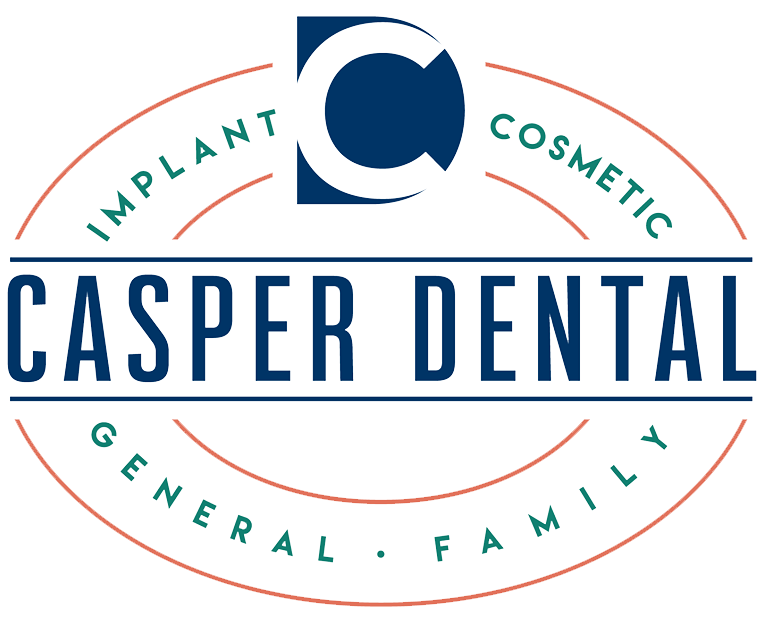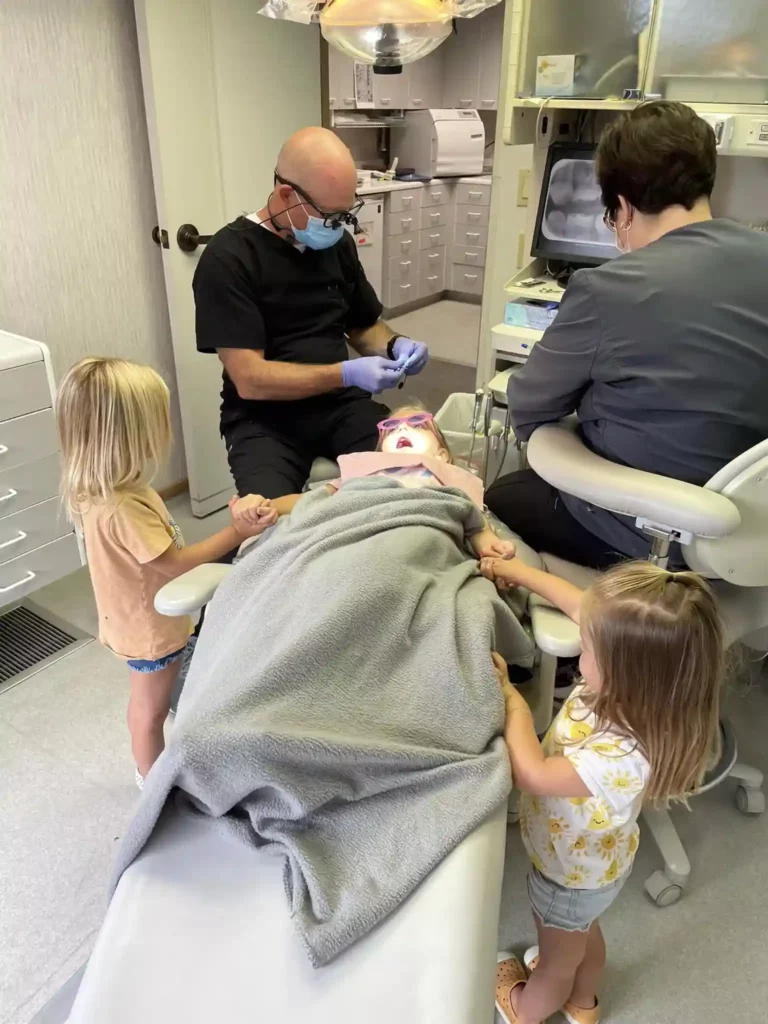We all know that dental hygiene is significant for a healthy lifestyle. That in general and cosmetic dentistry, dental cleaning is considered to be a precursor for maintaining great teeth. However, when it really comes down to taking the necessary measures, many of us fall short.
Some of us, because we simply dread going to the dentist’s office. The whirring of dental machinery, the gentle probing of tools and the minor discomfort you feel when you come back from the dentist’s office can be daunting for a few.
But ask someone who gets professional dental cleaning frequently and they will tell you how simple and stress-free the entire process is.
In fact, many Richland family dental clinics are offering pain-free dental cleaning procedures. In this article we will walk you through the entire process, and tell you exactly what goes down during a dental cleaning so you feel a little less scared, booking your next appointment.
What Happens During a Dental Cleaning?
Prior to the actual dental cleaning, you will be undergoing a detailed periodontal exam. This will allow the dental expert to evaluate the level of damage and determine the status of your oral health. Many tri cities dental clinics offer free pre-cleaning exams and consultations. This helps them decide the type of dental cleaning that would work for you.
Preparation for the Dental Cleaning
Before you step into the dentist’s office make sure that you have confirmed your appointment and all your oral records are up-to-date. You should also brush and floss your teeth thoroughly and avoid eating anything before the appointment.
You don’t want your dentist poking around your teeth just to find remnants of your lunch in there! It is advised not to use a tooth whitener, as the chemicals present in it can cause tooth sensitivity.
1. Scaling
Each type of dental cleaning begins with a basic procedure of removing plaque and tartar. Most dentists use a mirror and a dental scaler to gently scrape and remove the plaque and tartar from between the teeth and on the gum line.
In cases where the tartar deposits are much larger, dentists opt for an ultrasonic scaler. A narrow stream of water is projected at the teeth, while the electronic scaler vibrates gently to break up and wash out the tartar deposits. This process is generally referred to as scaling.
2. Polishing
If your dentist opted for manual scaling, chances are that there are still some small deposits of contaminants left in between your teeth. In order to polish them and make them 100% tartar-free, a prophylaxis toothpaste is used. This toothpaste has a gritty texture and smells and tastes just like an ordinary toothpaste.
Think of prophylaxis toothpaste as a scrub for your teeth! It is applied onto the teeth and an electric toothbrush is used to vigorously and effectively brush your teeth. You might feel slightly disturbed by the grinding movement on your teeth but don’t worry, this process is totally painless.
The best part is that the special toothpaste comes in a variety of different flavors and your dental hygienist lets you pick your favorite.
Not only will this polishing procedure remove stains from your teeth, it will also make it difficult for more plaque to build up on them. The result? A set of squeaky-clean and sparkling white set of teeth!
3. Expert Flossing
As important as flossing is at home, it is also an essential component of a professional dental cleaning procedure. It is best for getting rid of any of the most stubborn plaque deposits that have survived the scaling and polishing steps. Simultaneously, it also gets rid of any prophylaxis toothpaste that is still left on your teeth.
4. Oral Rinsing
Still got some tartar and toothpaste residue in your mouth? No worries! This step will get rid of them all. Your dental expert will either rinse your mouth themselves or give you a liquid fluoride rinsing solution to do so. Dentists at most Richland family dental clinics go for a liquid fluoride mouthwash to give to their patients.
5. Fluoride Treatment
Finally! We are at the last step of the cleaning process. The purpose of a fluoride treatment is to strengthen your teeth and protect them against cavities.
The first thing your dentist will do is fit a mouthpiece over your teeth. Next, they will lather the fluoride treatment onto it and leave it for a minute. This is mostly in the form of a sticky gel or a foamy paste.
At most tri cities dental clinics this step is also combined with brushing fluoride varnish onto your teeth. We bet you’ll be thoroughly amused by the tiny brush that is used to apply the varnish!
At the end, you will rinse your mouth to remove any excess fluoride. The dentist will perform a final exam, and proceed with any additional steps if there is still any remaining damage. Otherwise, you are good to go!
Now that you know the steps that go into a dental cleaning session, we hope you feel less overwhelmed booking your next appointment. Make sure you do it at Casper Family Dental, where we are offering our patients free oral consultations and dental exams and of course, a pain-free dental cleaning!


